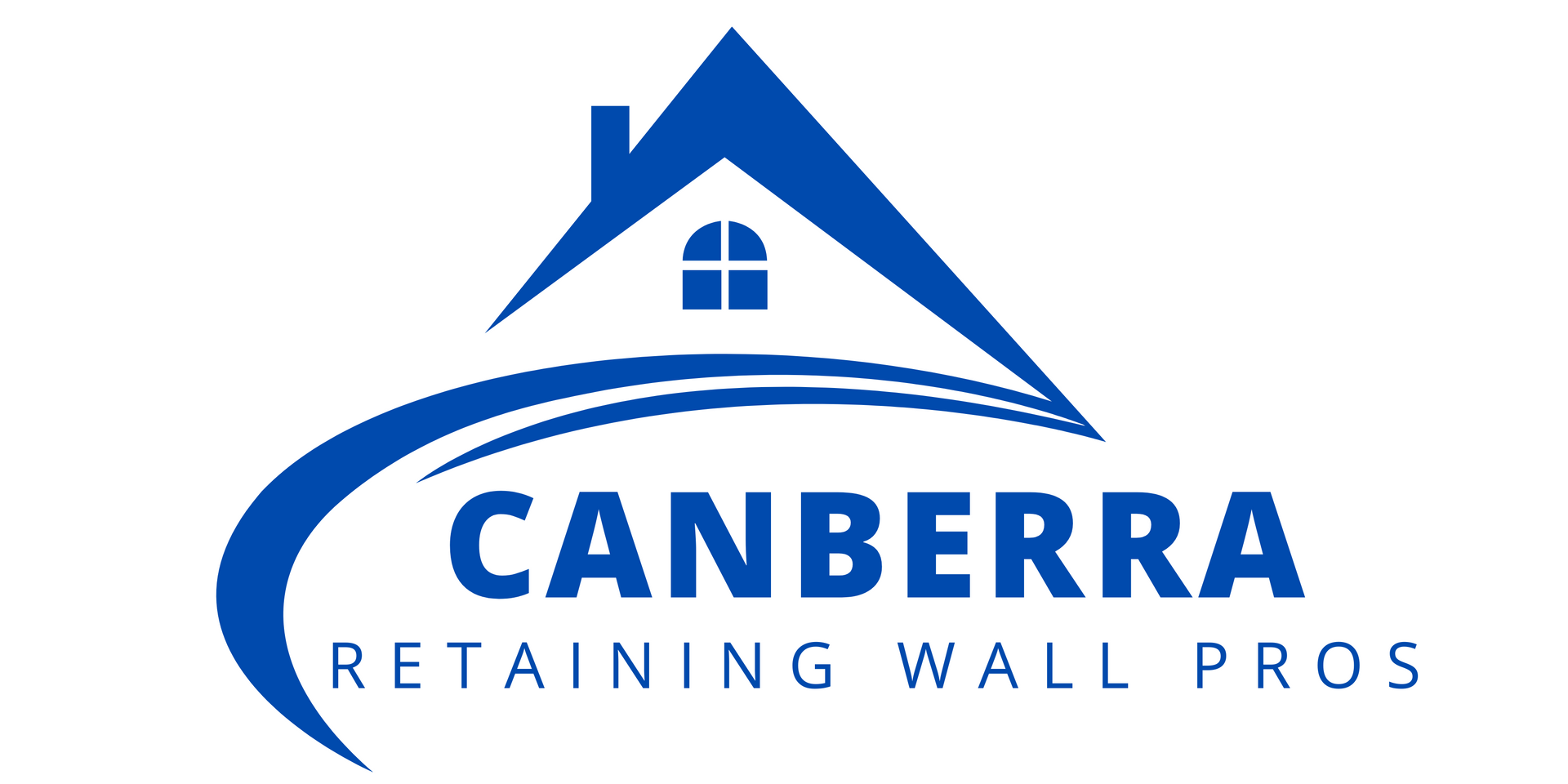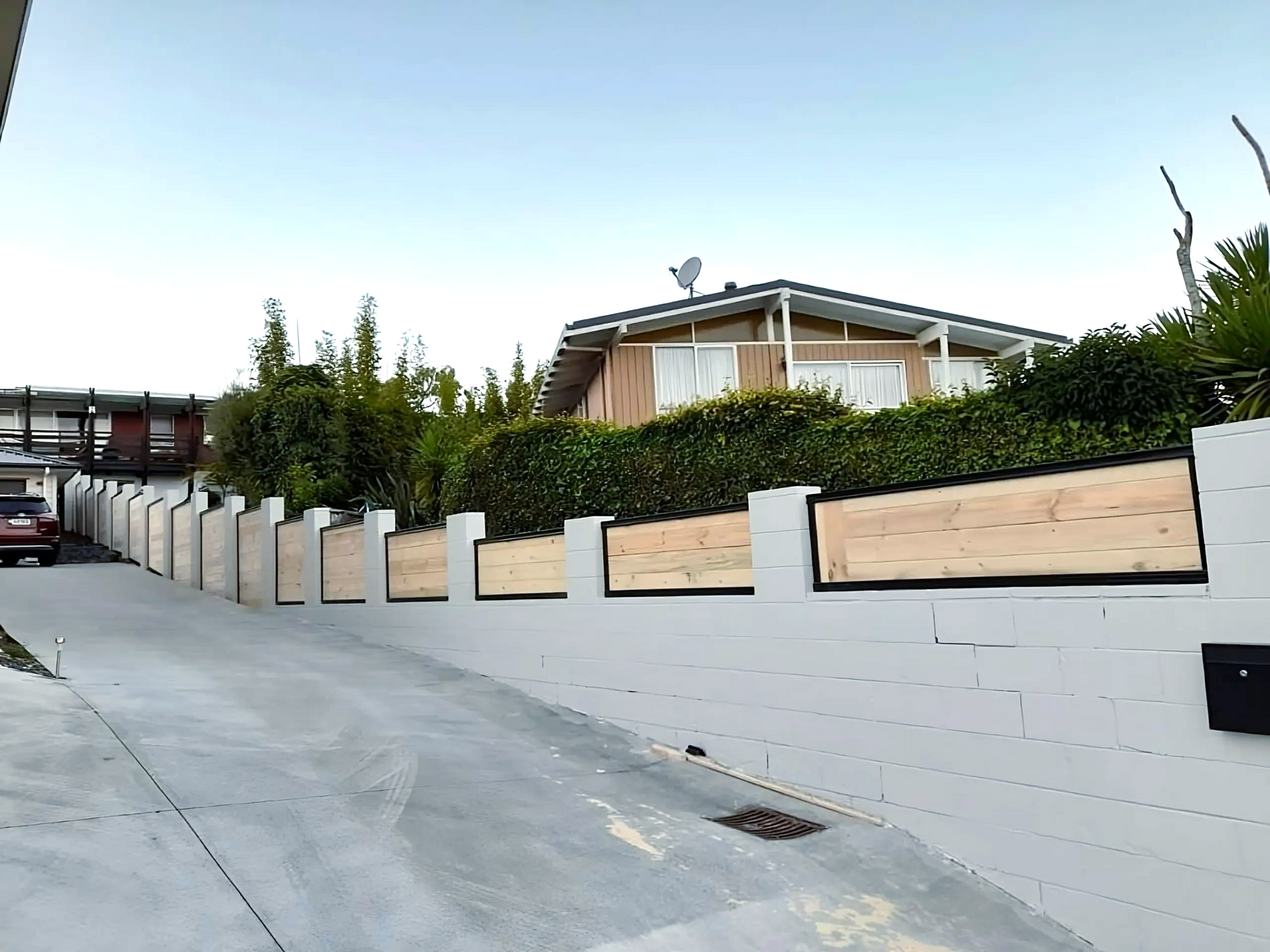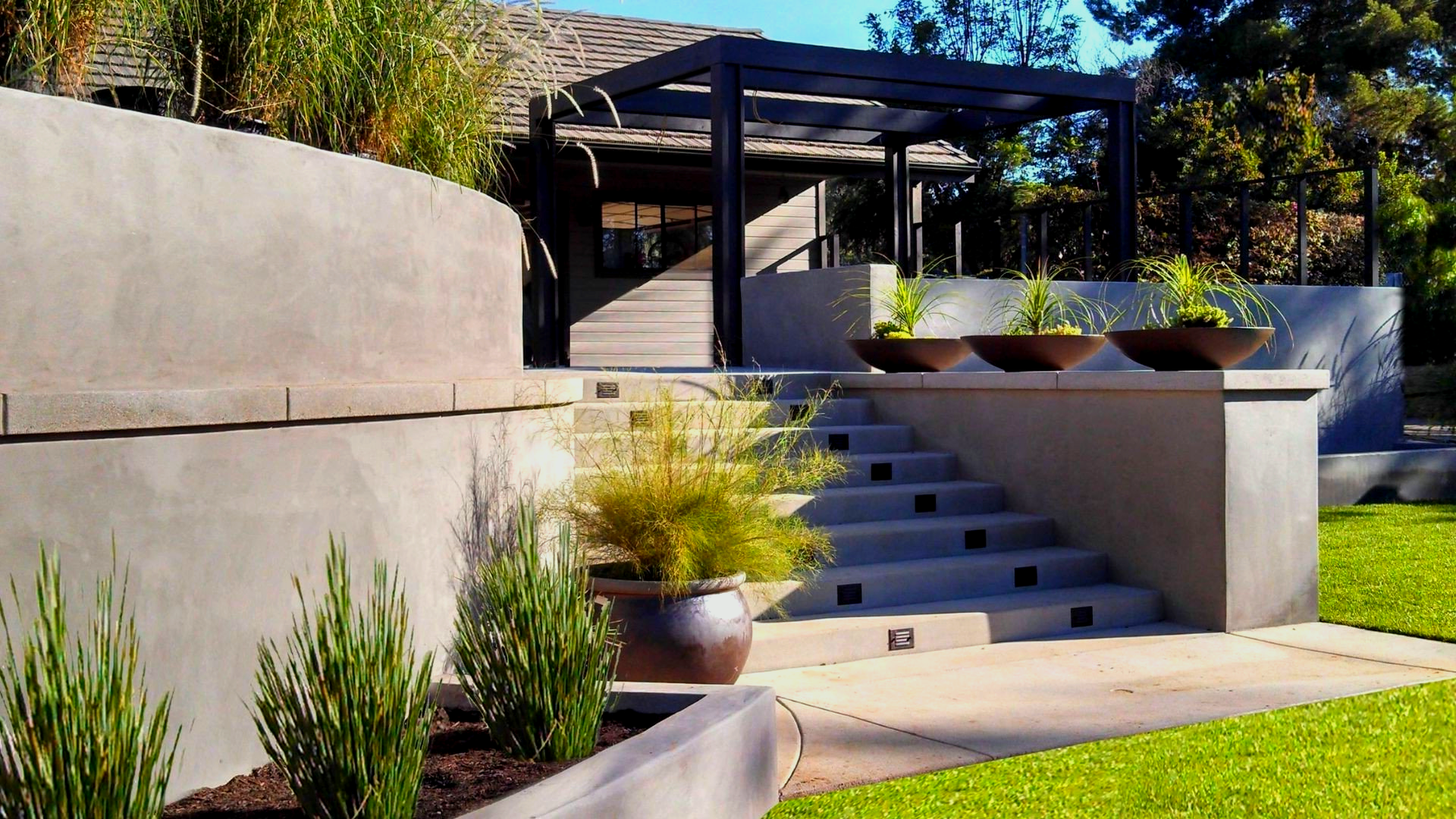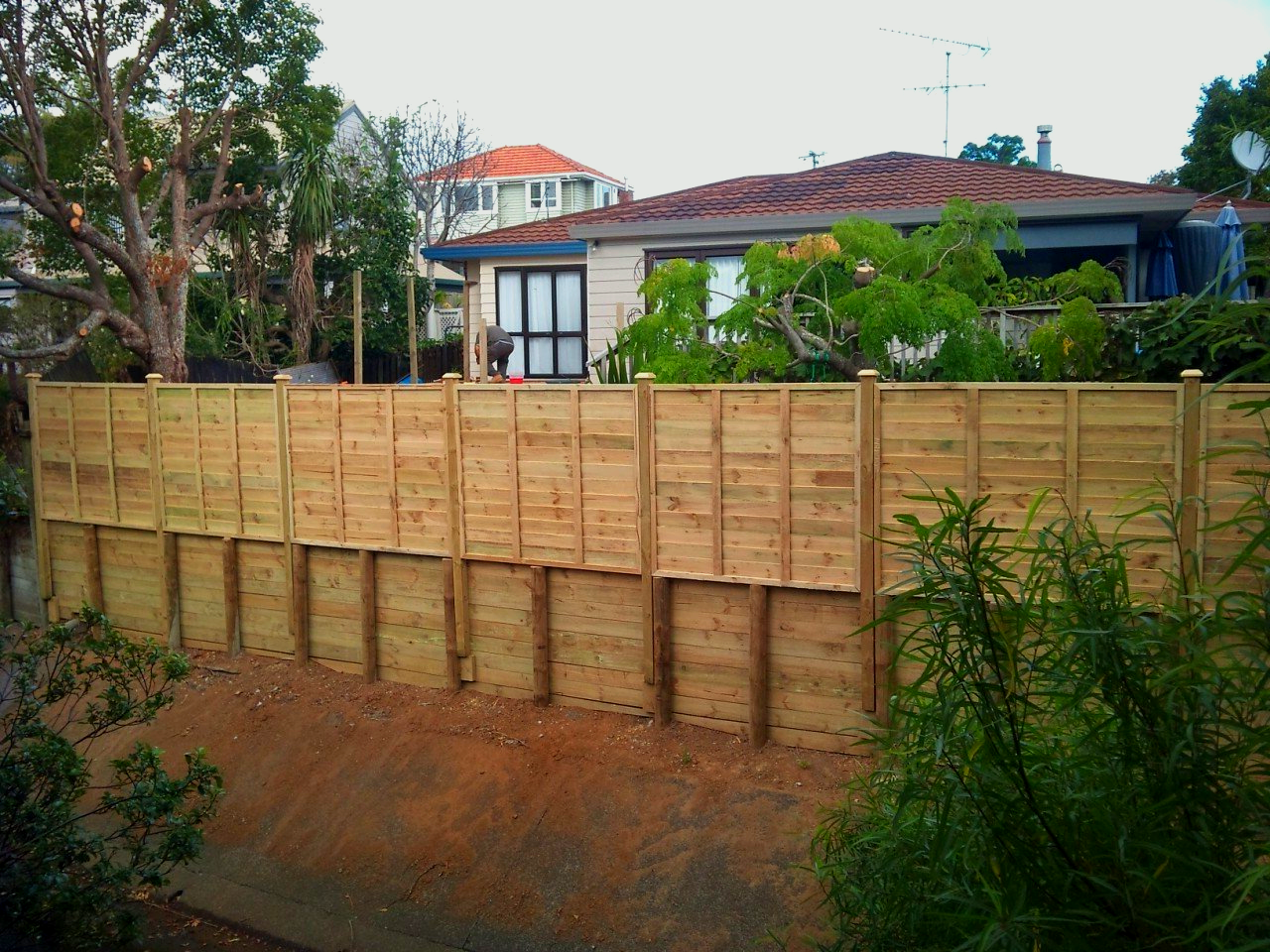Factors Influencing the Lifespan of Your Timber Retaining Wall
A timber retaining wall serves as a crucial landscaping element, protecting your property from soil erosion while adding aesthetic value to your outdoor space. A well-constructed and properly maintained timber retaining wall can last between 15 to 40 years, depending on various environmental factors and construction methods.
At Canberra Retaining Wall Pros, we've witnessed firsthand how local soil conditions, drainage systems, and timber selection influence the longevity of retaining walls across the ACT region. From dense clay soils to areas with high water tables, each site presents unique challenges that require specific design considerations.
Professional installation combined with regular maintenance creates the foundation for a durable timber retaining wall that withstands Canberra's diverse weather conditions. We believe in helping property owners understand the key factors that affect their investment's lifespan, ensuring they make informed decisions about their landscaping projects.
Key Takeaways
- Proper timber selection and treatment methods significantly extend retaining wall lifespan
- Professional installation with adequate drainage systems prevents premature deterioration
- Regular inspections and maintenance protect against soil pressure and water damage
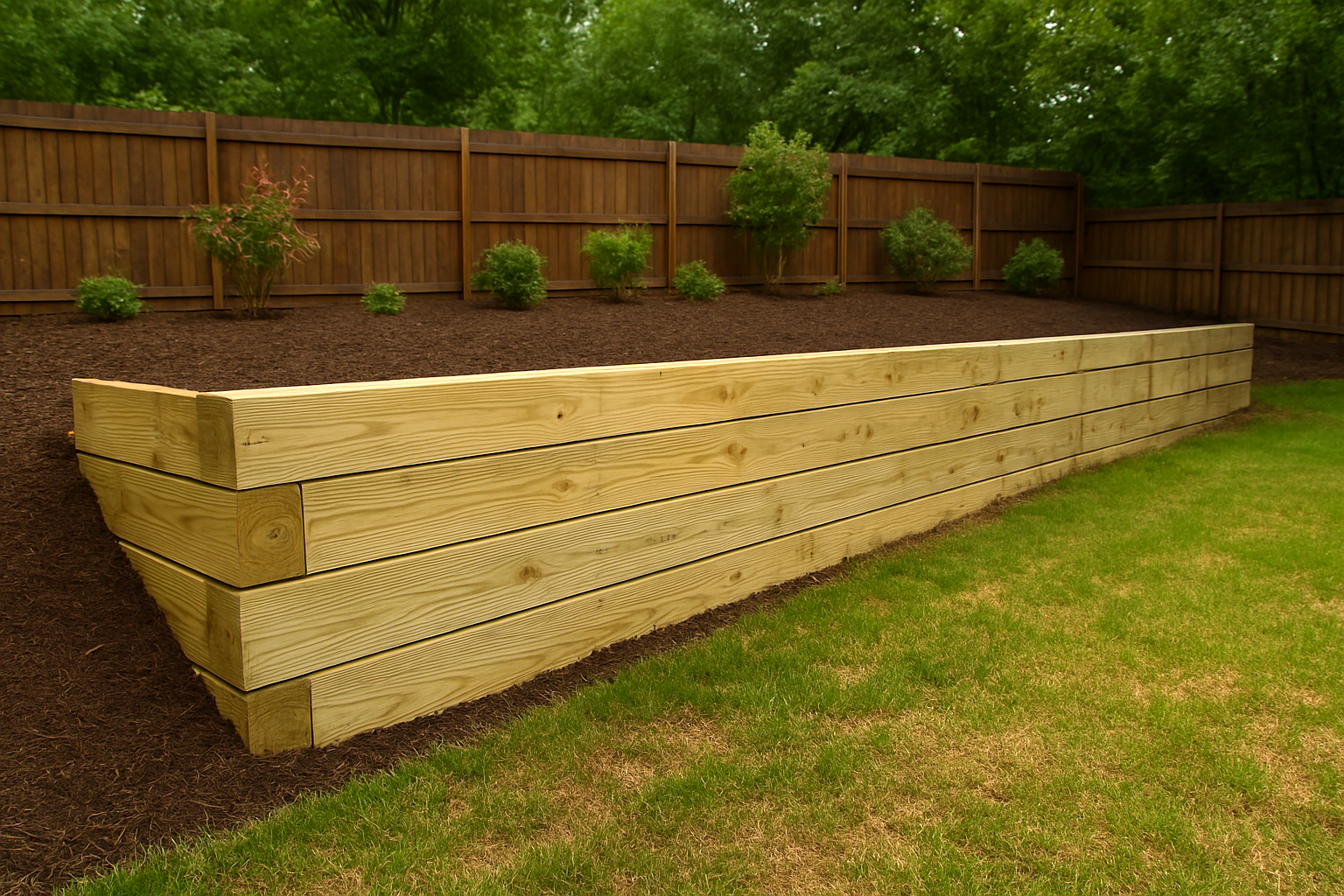
The Significance of Timber Quality
The quality of timber directly impacts the structural integrity and longevity of your retaining wall. High-grade timber offers superior strength, better resistance to environmental factors, and a longer service life.
Types of Timber
Treated pine remains the most popular choice for retaining walls in Canberra due to its affordability and reliability. We recommend H4-treated pine for ground contact applications, while H5 treatment is essential for critical load-bearing sections.
Hardwoods like spotted gum and ironbark provide exceptional durability and natural resistance to decay. These premium options typically last 20-25 years with proper maintenance.
Different timber grades affect structural performance significantly. F7-grade timber suits most residential applications, while F17 offers superior strength for higher walls or challenging soil conditions.
Resistance to Pests and Rot
Chemical treatment levels play a crucial role in protecting timber from termites and fungal decay. H4 treatment penetrates deeply into the wood fibres, creating an effective barrier against common pests.
Regular inspections help identify early signs of pest activity or moisture damage. We recommend checking behind the wall annually for evidence of termites or decay.
Proper timber storage before installation significantly impacts its future performance. Timber should be kept off the ground and protected from rain to prevent premature deterioration.
Using appropriate drainage materials and maintaining good airflow around timber components extends their lifespan. Adequate ventilation helps prevent moisture accumulation that leads to rot.
Design Considerations for Durability
A well-designed timber retaining wall requires careful attention to key engineering principles and proper installation techniques to maximise its service life. Strategic planning during the design phase helps prevent premature deterioration and structural issues.
Proper Drainage
Effective drainage is essential for protecting timber retaining walls from water damage and soil pressure. We recommend installing a gravel backfill layer at least 300mm wide behind the wall, extending from the base to within 300mm of the surface.
Agricultural drainage pipes should be placed at the base of the wall, sloping at a minimum gradient of 1:100 to direct water away from the structure.
A waterproof membrane between the timber and soil prevents direct contact with moisture, significantly reducing rot and decay.
Structural Integrity
The choice of timber and treatment level directly impacts wall longevity. We use H4-treated pine as a minimum standard, upgrading to H5 treatment for ground contact sections.
Steel posts must be concrete-footed to a depth of at least one-third the wall height, or deeper in sandy soils.
Cross-bracing and deadman anchors provide additional stability. We space these supports every 2-3 metres horizontally.
Retaining Wall Height and Load
The wall height determines the required timber dimensions and support structures. For walls exceeding 1 metre, we use minimum 200mm x 50mm timber sleepers.
Each additional metre of height requires larger footings and stronger support posts. We calculate soil pressure carefully to determine appropriate sizing.
The angle of retained soil should not exceed 26 degrees without additional engineering calculations. Surcharge loads from nearby structures or vehicles require extra reinforcement measures.
Construction Techniques
Professional construction techniques significantly extend a timber retaining wall's lifespan through proper engineering and installation methods that prevent water damage, soil pressure issues, and structural weakness.
Foundation and Anchoring
A solid foundation starts with excavation at least 150mm below ground level. We recommend using a concrete base that's twice the width of the timber posts.
Posts should be set at maximum 1.8-metre intervals, with one-third of their length buried in the ground. For a 1.2-metre wall, posts need to be at least 1.8 metres long.
H4-treated timber posts must be secured in concrete footings, using a minimum of 25MPa concrete mix. The concrete should extend 100mm above ground level to prevent water pooling.
Backfill Material
Clean, free-draining gravel forms the ideal backfill material, with particle sizes between 10-20mm. We place a layer of geotextile fabric between the soil and gravel to prevent mixing.
Agricultural drain pipes must be installed at the base, sloping at a 1:100 gradient for effective drainage.
The backfill should be compacted in 200mm layers to achieve optimal density and prevent future settlement issues.
Wall Alignment and Batter
We incorporate a minimum 10-degree lean-back angle (batter) into every wall design. This angle helps counteract soil pressure and extends structural integrity.
A string line guides post placement, ensuring perfect alignment during construction. Each post must be checked with a spirit level on two sides.
Regular measurements from the string line to the wall face maintain consistent batter angles throughout construction.
Preventive Measures and Maintenance Practices
Proper maintenance of timber retaining walls extends their lifespan significantly whilst protecting your investment. Our experience shows that a combination of regular checks, swift repairs, and protective treatments creates the optimal maintenance strategy.
Regular Inspections
We recommend inspecting your timber retaining wall every six months, with additional checks after severe weather events. Look for signs of rot, especially near ground level and drainage points.
Check all visible fasteners and connections for rust or loosening. Tighten any loose bolts or screws promptly.
Pay special attention to drainage systems. Clear blocked weep holes and ensure the soil behind the wall isn't waterlogged.
Immediate Repairs
Replace any damaged timber boards as soon as you spot them. Don't wait for the damage to spread to surrounding sections.
Apply appropriate wood preservatives to any newly exposed timber surfaces during repairs.
We suggest reinforcing weakened sections with additional posts or supports when necessary. This prevents further deterioration and maintains structural integrity.
Reapplication of Protective Coatings
Apply a fresh coat of timber preservative every 2-3 years to maintain protection against moisture and insects.
Choose weather-appropriate days for coating application. The timber should be completely dry, and the forecast should show at least 48 hours without rain.
Clean the wall surface thoroughly before applying new protective treatments. Remove any dirt, moss, or old, flaking preservative.
Use a brush or roller to ensure even coverage, paying extra attention to end grain and joints where moisture typically collects.
External Factors Affecting Timber Retaining Walls
Environmental conditions and ground characteristics play crucial roles in determining how long a timber retaining wall will maintain its structural integrity and appearance.
Climate and Weather Conditions
Rainfall and moisture exposure significantly impact timber retaining walls in Canberra's climate. Direct sunlight causes wood to dry out and potentially crack or warp over time.
Proper drainage systems help protect against water damage and soil erosion. We recommend installing weep holes and agricultural pipes to manage water flow effectively.
Temperature fluctuations between Canberra's hot summers and cold winters create expansion and contraction cycles in timber structures. This natural movement can loosen fasteners and create gaps between boards.
High winds can place additional lateral pressure on retaining walls, particularly when combined with saturated soil conditions after heavy rains.
Soil Properties and Movement
Clay-rich soils, common in the ACT region, expand when wet and contract when dry. These movements exert varying pressures on retaining walls throughout seasonal changes.
The slope and composition of the retained earth directly affect the load on the timber structure. We always assess soil type and drainage patterns before construction.
Proper backfill material selection is essential. We use clean, free-draining gravel behind our walls to reduce hydrostatic pressure and prevent soil particles from washing through gaps.
Root systems from nearby trees and plants can disturb soil stability and potentially damage timber walls through direct contact or soil displacement.
You might also like
